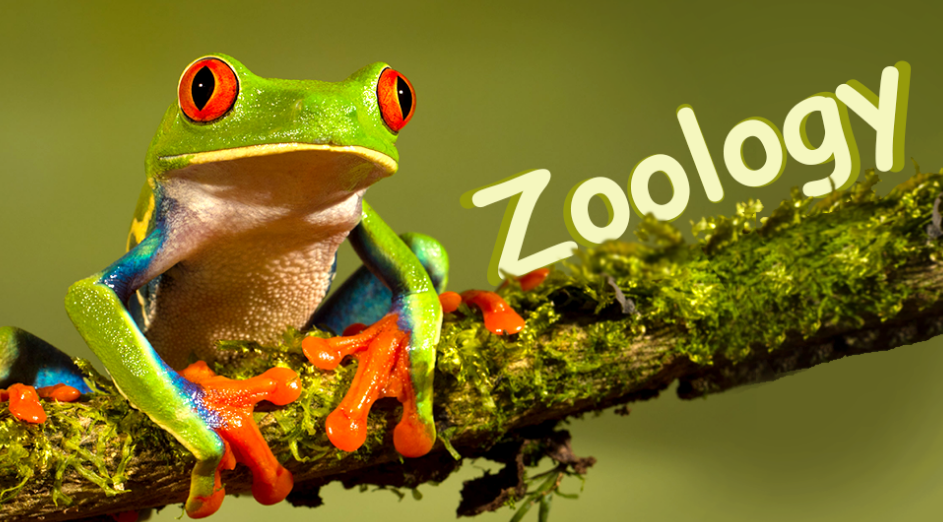Animal ecology focuses on the study of animals and their interactions with each other and their environments. It encompasses a wide range of topics related to the distribution, abundance, behavior, physiology, and adaptations of animals in their natural habitats. Here are some key concepts and areas of interest in animal ecology:
- Habitat: The physical environment in which an animal lives.
- Niche: The role that an animal plays in its ecosystem, including its food source, predators, and competitors.
- Biodiversity: The variety of life on Earth.
- Population Ecology: This area of study examines the dynamics of animal populations, including factors that influence population size, growth, and distribution. The factors that affect the size and distribution of animal populations, such as predation, competition, and resource availability.
- Community Ecology: Community ecology focuses on the interactions between different species of animals within a specific habitat or ecosystem or in community, such as predation, competition, and mutualism.
- Behavioral Ecology: Behavioral ecologists explore the animal behavior and how it is influenced by their environment including mating behavior, foraging strategies, parental care and communication, to understand how these behaviors contribute to an animal’s survival and reproduction.
- Physiological Ecology: This field looks at how animals have evolved physiological adaptations to cope with their environment. For example, how animals regulate their body temperature or obtain energy and nutrients.
- Migration and Dispersal: Understanding the movements of animals, such as migration patterns and dispersal, is a key component of animal ecology.
- Conservation Ecology: It plays a vital role in the conservation of endangered species, their habitats and the protection of ecosystems. They work to assess the health of animal populations and ecosystems, identify threats, and develop conservation strategies. It helps us to understand how ecosystems function, how to manage wildlife populations, and how to conserve biodiversity. It also provides insights into the evolution of animal behavior and the factors that have shaped the natural world.
- Food Webs and Trophic Interactions: The study of food webs and trophic interactions helps ecologists understand the flow of energy and materials through ecosystems, including the roles of predators, herbivores, and decomposers.
- Spatial Ecology: Investigating how animals use space and resources within their habitats is a crucial aspect of animal ecology. This includes territorial behavior and home range studies.
- Adaptation: A characteristic that helps an animal to survive and reproduce in its environment.
- Climate Change: Animal ecologists are increasingly studying how climate change impacts animals and how species may adapt to changing environmental conditions. Researchers in animal ecology often use various methods and tools to gather data, including field observations, remote sensing, GPS tracking, and genetic analyses. They may represent their findings in graphs, figures, and maps to visualize patterns and trends in animal populations and behavior.




The material is infoormative but a climatic figure should also b added…
Good
Mam This material is perfect Mam
Great work Mam
Good work
Great work Ma’am
Content is good
Roll no F21BZOOL1M01060
Beneficial material
great
Your explanation are so clear and easy to understand….
Well Articulated…
Beneficial material
Informative material
F21BZOOL1M01058
F21BZOOL1M01075
Informative material
The information is really informative.
This material is really informative.
Good effort
Good work..
Excellent explanation.. Really Informative Material.
It’s increase my knowledge.
Great efforts !!